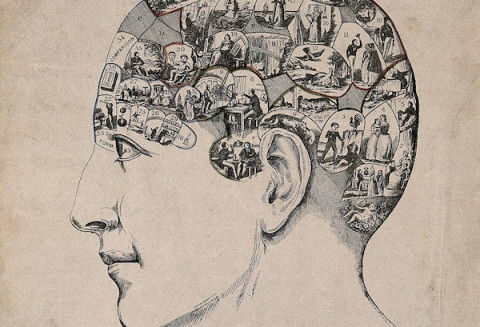![George Stephenson - Wikipedia George Stephenson (9 June 1781 – 12 August 1848) was an English civil engineer and mechanical engineer during the Industrial Revolution.[1]](https://upload.wikimedia.org/wikipedia/commons/3/33/George_Stephenson_-_Project_Gutenberg_etext_13103.jpg)
George Stephenson - Wikipedia
George Stephenson (9 June 1781 – 12 August 1848) was an English civil engineer and mechanical engineer during the Industrial Revolution.[1] Renowned as the "Father of Railways",[2] Stephenson was considered by the Victorians as a great example of diligent application and thirst for improvement. His chosen rail gauge, sometimes called "Stephenson gauge",[i] was the basis for the 4-foot-8+ 1 ⁄2 -inch (1.435 m) standard gauge used by most of the world's railways.
Pioneered by Stephenson, rail transport was one of the most important technological inventions of the 19th century and a key component of the Industrial Revolution. Built by George and his son Robert's company Robert Stephenson and Company, the Locomotion No. 1 was the first steam locomotive to carry passengers on a public rail line, the Stockton and Darlington Railway in 1825. George also built the first public inter-city railway line in the world to use locomotives, the Liverpool and Manchester Railway, which opened in 1830.
George Stephenson was born on 9 June 1781 in Wylam, Northumberland, which is 9 miles (15 km) west of Newcastle upon Tyne. He was the second child of Robert and Mabel Stephenson,[3] neither of whom could read or write. Robert was the fireman for Wylam Colliery pumping engine, earning a very low wage, so there was no money for schooling. At 17, Stephenson became an engineman at Water Row Pit in Newburn nearby. George realised the value of education and paid to study at night school to learn reading, writing and arithmetic – he was illiterate until the age of 18.[4]




















